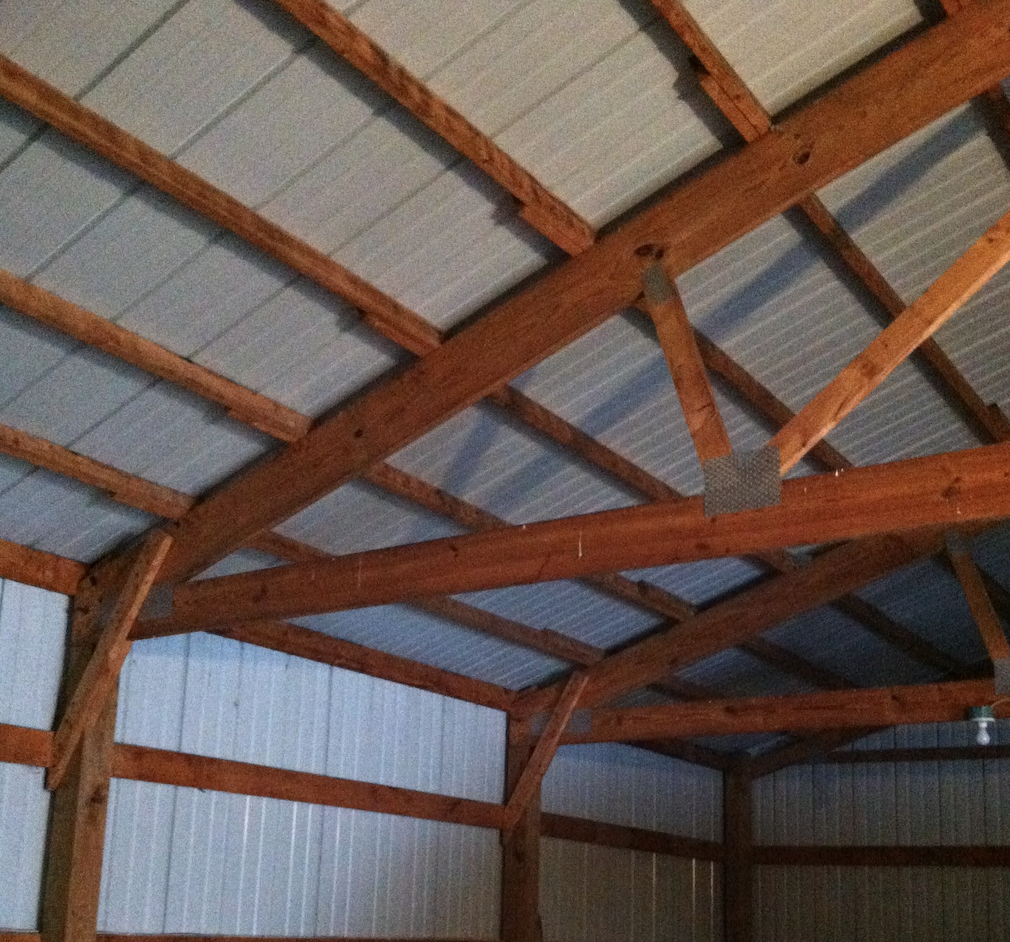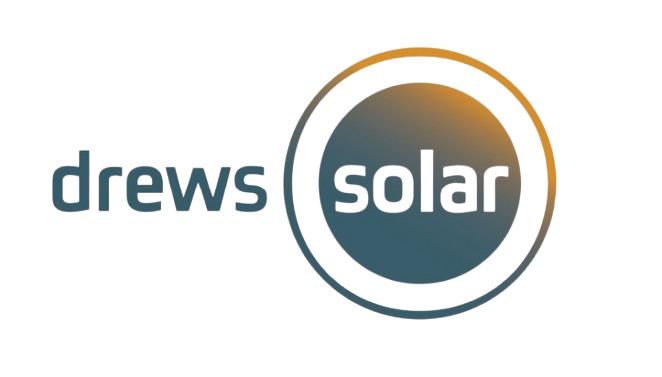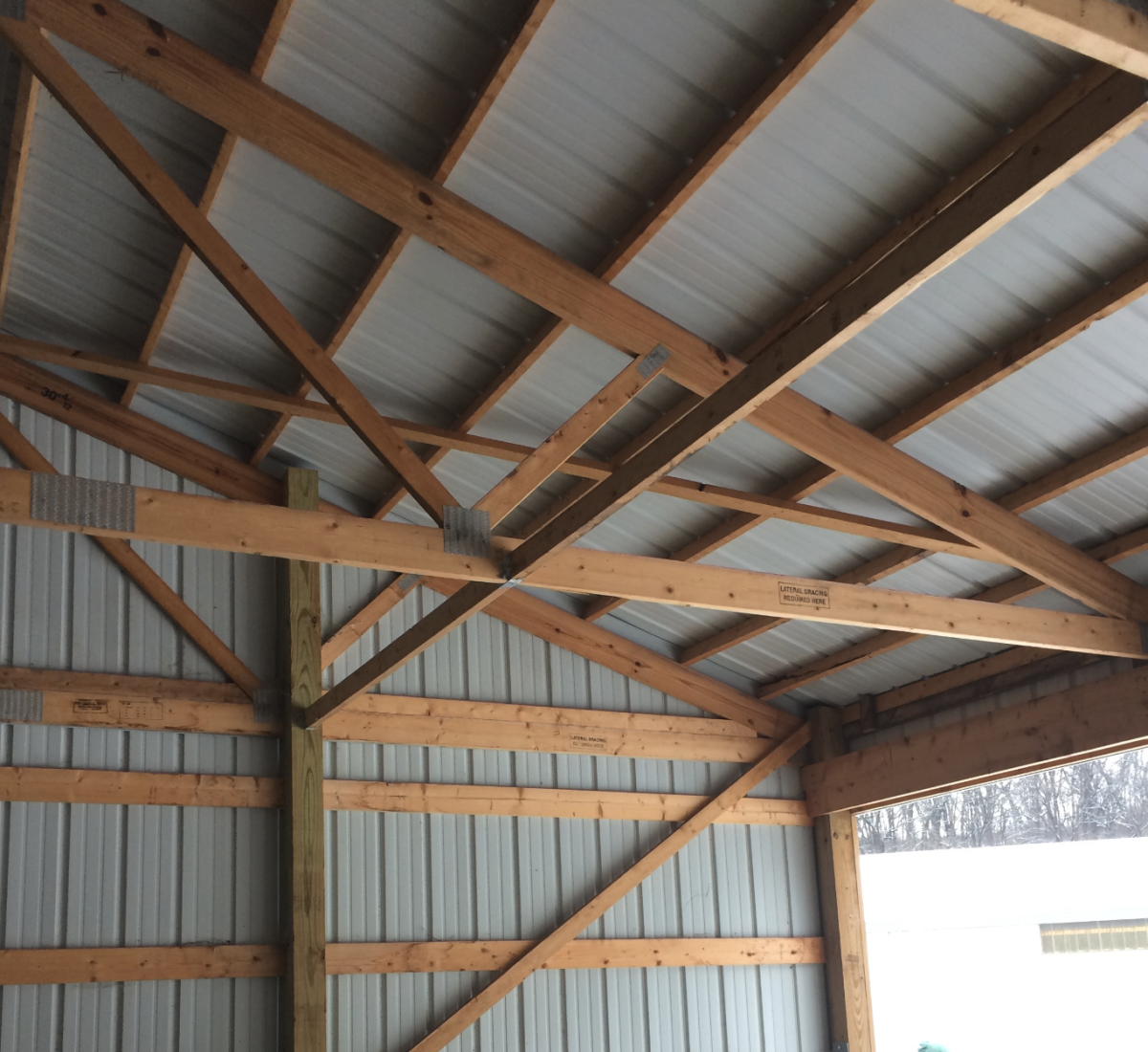Rooftop solar works wonderfully on most metal roofs. With metal roofs, homeowners do not need to worry about re-roofing during the lifetime of the solar array. Solar panels look great against a metal backdrop. And some metal roof designs allow solar to be installed without drilling numerous holes through the metal roof material. But depending on the type of metal roof you have, there may be some structural and installation issues that need to be taken into consideration when adding rooftop solar.
What Type of Metal Roof Do I Have?
To know what to expect when adding rooftop solar, the first step is identifying the type of metal roof you have. There are a few main types of metal roofing:
-
Exposed fastener metal roofing (also known as “screw down” metal roofing) uses screws placed through the metal roofing to attach it to the roof structure below.
-
Standing seam metal roofing uses hidden fasteners under the seams of the metal roofing material to attach it to the roof structure below.
-
Metal shingle roofing is any type of metal roof that is designed to look like traditional shingles.
How to tell what kind of roofing you have:
-
Metal shingle roofs are easy to identify because they are designed to look like traditional shingle roofs but are made out of metal.
-
Exposed fastener and standing seam metal roofs can look similar: they are made of large sheets of metal with vertical seams and can come in a variety of metal materials and colors.
-
The best way to tell the difference between exposed fastener and standing seam metal roofs is to look for screws on the face of your roof. If you can see these screws or fasteners on the face of your metal roof, then you have an exposed fastener metal roof. If you do not see them, then you have a standing seam metal roof.
-
If it is difficult to see your metal roof from the outside, you may be able to get a clue by looking at your roof from the inside. If you look up at the roof from within the attic and see metal, you most likely have an exposed fastener roof. If you see roof sheathing (such as sheets of plywood or OSB), you are more likely to have a standing seam metal roof.
-
You can also look at the structure of your roof from the inside. If you look at the roof structure and see horizontal purlins (long pieces of 2×4 lumber) between your roof’s trusses and your roof, you more likely have an exposed fastener roof. If you do not have purlins and the roof sheathing sits directly on the trusses, you more likely have a standing seam metal roof.
-
The type of building gives you another clue. Outbuildings are more likely to have exposed fastener metal roofs. If you have a pole barn, such as a Cleary or Morton building, 99 times out of a 100 you’ll have an exposed fastener metal roof.
Metal Shingle Roof
Unfortunately we cannot install solar arrays on existing metal-shingle roofs. If you are considering adding a metal shingle roof to your new or existing home, you can still go solar by planning ahead. We will work with you and your roofing company to install attachment-points for your rooftop array before your metal shingle roof is installed. Your roofing company can then roof around the solar attachments, just as they do chimneys and roof vents. Once your new roof is fully installed, we return and complete the installation of your solar array, leaving you with a beautiful metal roof, sealed attachment points, and elegant rooftop solar.

An array being installed on a standing-seam metal roof. The solar racking is clamped directly to the standing seams.
Standing Seam Metal Roof
We can install solar arrays on most standing seam metal roofs. With standing seam metal roofs, we are able to attach the solar array by clamping onto the seams of the roof, allowing us to avoid drilling holes in your roof to secure the array. For roof pitches over 4/12, we highly recommend textured standing seam metal roofs; steep, smooth standing seam metal roofs may require a boom lift for solar installation, adding to the cost of going solar.
Most homes and buildings with standing seam metal roofs do not require structural upgrades to go solar, since the load of the solar array can be placed on the existing trusses. For some standing seam metal roofs, especially ones installed on older homes and outbuildings, there is a chance structural upgrades would still be needed, especially if the home or outbuilding is constructed with rafters instead of trusses.
Exposed Fastener Metal Roof

An outbuilding with an exposed fastener metal roof. Due to the purlins placed on top of the trusses, structural reinforcements were needed before adding a rooftop solar array.
We can install solar arrays on most exposed fastener metal roofs. Unlike standing seam metal roofs, we need to drill through the metal roofing to secure the solar array.
Exposed fastener metal roofs usually require structural upgrades to be made to the interior structure of the roof. If you can see that your roof is constructed with purlins (long pieces of 2×4 lumber between or on top of your roof trusses), you will very likely need structural upgrades. To do the structural upgrades, we add lumber to the existing horizontal purlins. This both gives us the necessary attachment points for a rooftop array and allows your roof to handle the added load of rooftop solar. These structural upgrades usually add to the cost of going solar.
If you are in the process of adding a pole barn or any outbuilding with an exposed fastener metal roof, please discuss the design with us before having it built. It is much more cost-effective to have the necessary lumber added during the construction process rather than having us retrofit the roof structure once it is complete.
It is possible to go solar with most metal roofs, especially if you plan ahead. Depending on the type of metal roof you have, structural upgrades may be needed to make solar possible. By planning ahead, you can make it easier and less expensive to add rooftop solar.

